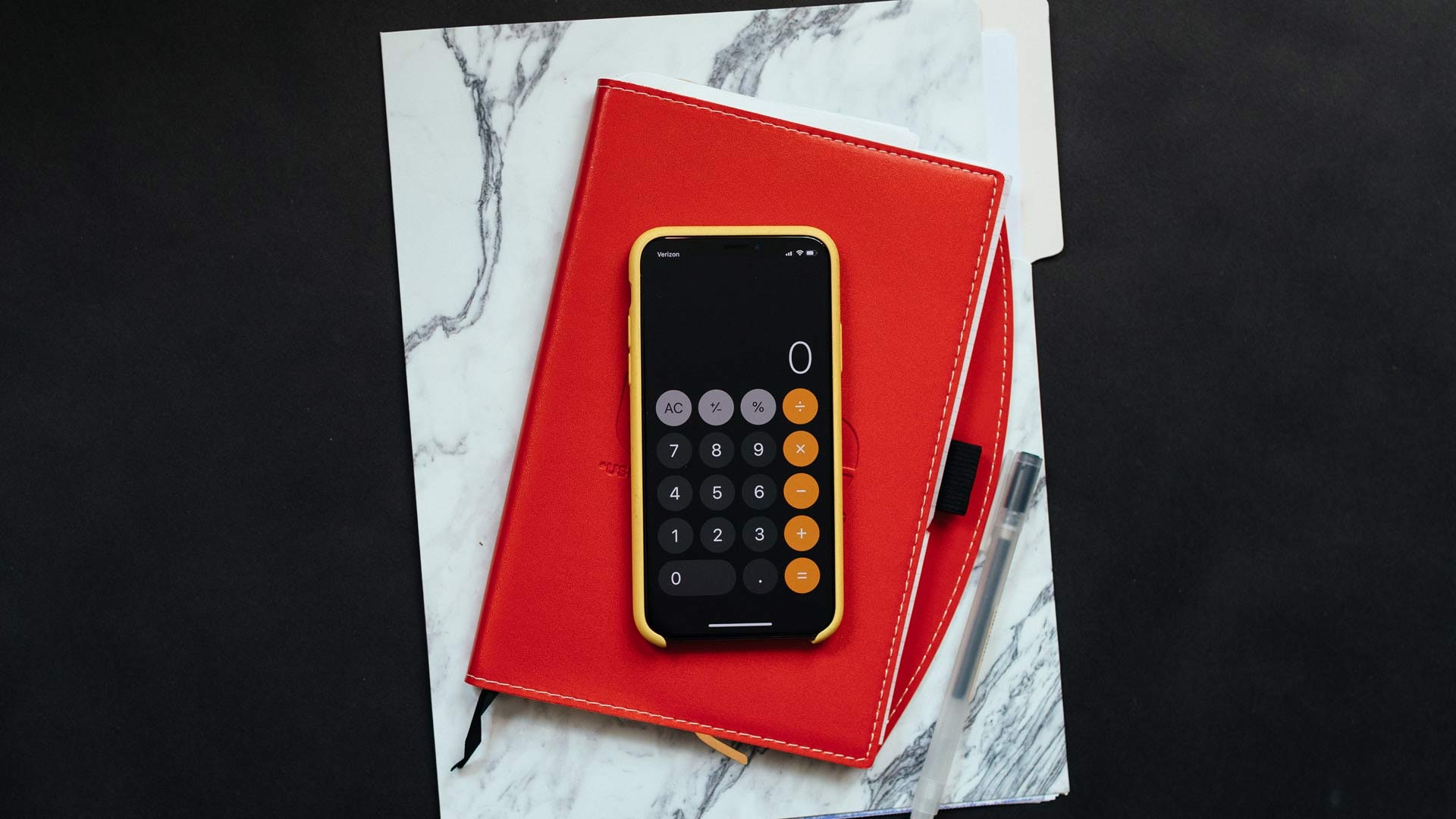Picture this: you’ve committed to revamping your brand and have spent the last twelve weeks waiting patiently for interviews to be finished, surveys and questionnaires to be analyzed, and competitive audits to be finalized. You’ve even done the painstaking work of consuming all this research and gave it the thumbs up. Now it’s finally time to see the first creative concepts, and you’re excited. The meeting is going amazing—everything your brand partner presents feels exactly like you and your business. And then reality hits. Bringing all of this to life is going to cost money. Money you didn’t budget for. Now you feel horrible because you know just how special this could be, but you have no idea how to fund the project.
Don’t let yourself fall into that scenario.
Unfortunately, the situation above is one we’ve seen a few too many times. It is no one’s fault, technically. You and your business didn’t seek out a marketing partner with the intention of only hearing the words and seeing potential creative examples without actually executing on your new brand. On the flip side, the marketing partner didn’t intentionally hold out the price and hope to lure you in with great work. The truth is that along the line no one thought to ask the uncomfortable question, “Do you have an implementation budget for this work?” As it turns out, budgeting the right amount for your brand is easier said than done. But it is doable, and it is not rocket science. Here’s how you can do it right for your business.
Think of brand projects as happening in two distinct phases—and budget for both.
If a marketing partner could wake up every morning, learn a little bit about a few companies, and churn out market-leading brand identities, everyone in this industry would be a lot richer and a lot less stressed. The truth is, brand is the foundation upon which your entire go-to-market strategy is based, and it takes a lot of time and effort to get it done correctly. To simplify this intricate work a bit, think of brand as having two phases:
- Research & concepting
- Implementation & launch
Phase 1: Research and Concepting
In this first phase, you’ll be gathering and completing all the relevant data and research necessary to inform brand positioning. This includes research on your market and overall industry, as well as understanding how your business actually makes money and finds new customers. It also entails one-on-one meetings with leaders in your organization and customers you work with, and even an evaluation of your competitive space.
Only at the end of this work is it possible to take a first stab at concepts for your new or refreshed brand, and only concepts. None of the work at this point can be taken to market and shown off as the new you. This phase is absolutely vital to the success and longevity of your brand, and it needs its own budget.
Phase 2: Implementation and Launch
This second phase is where the fun really begins. It is during the implementation and launching phases when the creative concept your team chose really comes to life. This is when you will update your digital presence to reflect your new brand and where you teach your sales and marketing teams how to speak appropriately about your new brand. You get new swag to share around the office as you roll out the new brand to the rest of your internal team, and there’s a feeling of excitement around a revitalized direction.
One of the absolute worst decisions you can make as a company is to do phase 1, and not execute phase 2. Everyone involved in the process will feel like they’ve just been kicked in the stomach, and it kills internal morale. Not to mention the fact that you have just wasted a bunch of money doing phase 1 with absolutely nothing to show for the time and money spent.
How to budget for your brand project
Now that the importance of bringing your brand project through the implementation stage has been established, it is useful to understand how to budget for the work to be done. Unfortunately, brand is not an easy service to estimate. In the same way you can buy a car for $1,000 or $1,000,000, brand projects can vary widely in the cost and time it takes to execute. For example, during my time at Element Three I have seen brand projects leave our doors for $50,000 and for $500,000. Clearly, that range is too wide for you to get your mind around what you should be budgeting for your work. However, there are cost drivers which can help you understand the complexity and potential cost of the work for your organization—and which of those extremes you might be closest to.
Cost Drivers in Phase 1:
Phase 1 is largely research based, and has four components:
- Leadership perspective
- Communications audit
- Customer perspective
- Competitive audit
Each of these areas of research can vary widely from organization to organization. For example, if you are running a startup organization and only have three people who need to be interviewed for the leadership perspective segment, you have done very little marketing up to this point (meaning that your communications audit is very small), you serve five customers, and you have only three true competitors, your brand project will be significantly less expensive than a multinational corporation which has been around for thirty-plus years, selling multiple products and services to various buyer personas. The complexity of your organization and amount of history behind it necessitate more research as each increases, which takes time and resources to execute.
Additionally, the more complex your organization is, the more complex the decision-making process becomes. This is the second major cost driver during phase 1. Why does this matter? Mainly due to the number of meetings and check-ins a more complex organization will require in order to make a decision. When you’re working with a company where a project team, then a director, then an executive team, and then a board of directors all need to have input in the process, that extends the timeline and increases the budget. The gravity of the decision is also larger, as a more complex team has a harder time shifting and refining once a decision is made. You need to get it right the first time.
To summarize, phase 1 budget drivers are: breadth and depth of the research to be completed, and the complexity of the decision-making process.
Cost Drivers in Phase 2:
To continue with the prior example of a startup versus a multinational corporation, consider the differences in a website update for each. The startup is going to have fewer products and/or services to speak about than does the large company. Additionally, because they have fewer products/services they have fewer buyers and personas to target. This means messaging is easier to construct, takes less refinement, and can be created in less time than it can for the large organization. This continues on down the list.
Outside of digital assets, a large organization also needs to consider the sheer cost of replacing all of its current brand assets. To go way toward one end of the spectrum, just imagine if McDonald’s decided to change its logo. The Golden Arches—gone. In the history books. I have no way to guess how many signs, business cards, point-of-sale display items, and countless other assets would have to be updated or replaced, but I am confident in saying the cost would be in the billions, not the millions.
Phase 2 cost drivers basically come down to this: how many assets need to be created and updated, and how complex that creation turns out to be. Just like a Ferrari costs more to maintain than a Honda Civic, your big business costs more to update and optimize than a startup.
Brand projects can make or break your business.
Thankfully, you have a choice. When you begin the process to update your brand and differentiate your company in the marketplace, consider the entire engagement. Gain an understanding of the scope of the work, and look for a partner who is thinking in the same way. If you stop at the end of phase 1, you’ve just wasted your resources. Either commit, or don’t do it at all. The last place you want to show up at 50% is with your brand.





